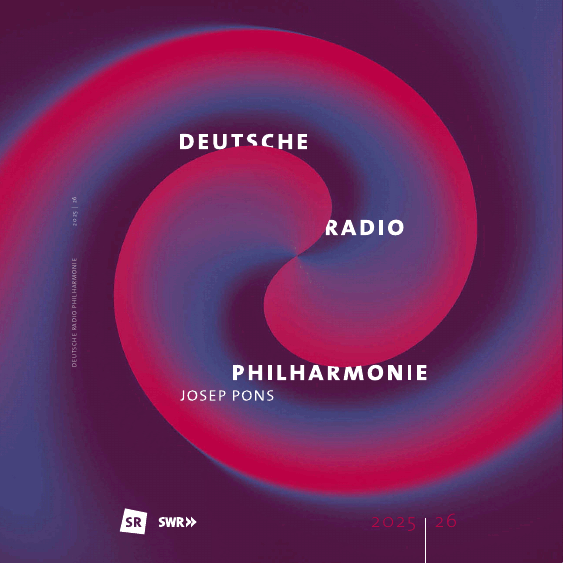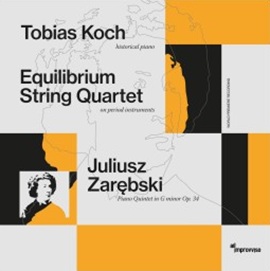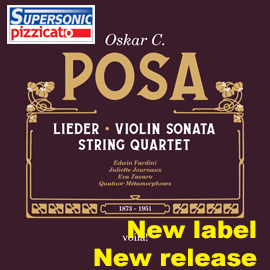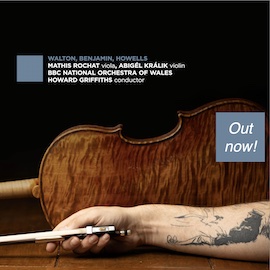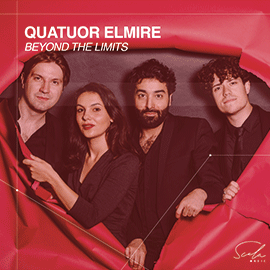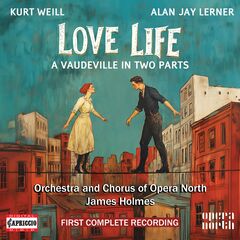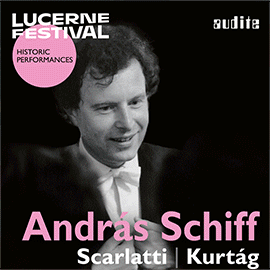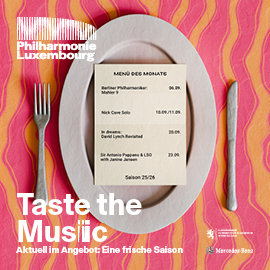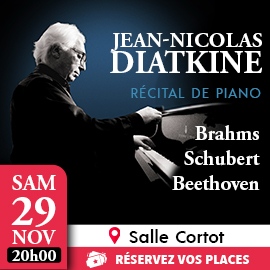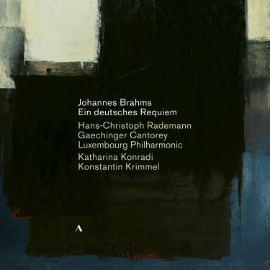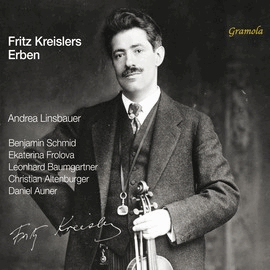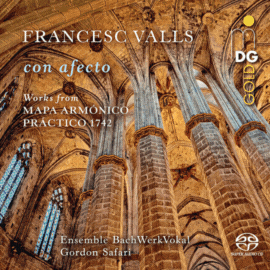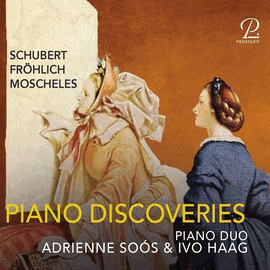Die vorliegende Aufnahme stellt das Vaudeville Love Life vor. Das Vaudeville als Gattung fügt lose verschiedene instrumentale Nummern, oft mit Gesang oder auch als Ballett, in Form eines Varietés, zusammen. Hier geht das Werk insofern einen Schritt weiter, als in einzelnen Nummern eine Handlung durch das Stück geleitet. Die Handlung ist das Scheitern der Ehe der Hauptprotagonisten über einen längeren Zeitraum und in Stufen.
Der Mitschnitt bietet die Spannung des Auftritts und wird regelmäßig durch eingestreute Applaussalven unterbrochen. Es wurden auch zwei Nummern aufgezeichnet, die im Original nicht aufgeführt wurden.
Diese varieté- oder auch musicalähnliche Konstruktion bietet mit charmanter Musik und belebter Handlung beste Unterhaltung der vorhersehbaren Art. Die Musik lässt mitunter auch die am Marschrhythmus ausgerichtete Stimme von Kurt Weill klar hören, dann aber mag man auch Anklänge an den Broadway oder Bernstein wahrnehmen.
Die Interpreten werfen all ihr Können und ihr Geschick in die Gestaltung und schaffen so einen nachhaltig mitziehenden Eindruck, der keine Langeweile aufkommen lässt. Klingt die Ehefrau Susan anfangs auch noch etwas aufgedreht quäkend, so kann man das durchaus auch im Frauenbild der Zeit verorten und nicht der Sängerin anlasten. Später tritt diese Singweise nicht mehr auf, je mehr sie sich von ihrem Ehemann entfernt.
Die Sänger gehen in ihren Rollen auf und bieten einerseits ebenso lebensbejahende Szenen wie sie andererseits auch nachdenkliche Momente innig zu besingen wissen. Sowohl Rezitative wie auch Gesang sind untadelig.
Chor und Orchester der Opera North, Leeds, liefern mit dem Dirigat von James Holmes spritzig elegante Interpretationen der punktgenau komponierten Musik von Kurt Weill. Auf diese Weise wird die schon über fünf Jahrzehnte alte Musik jung und frisch gehalten.
This recording presents the vaudeville Love Life. Vaudeville as a genre loosely combines various instrumental numbers, often with singing or ballet, in the form of a variety show. Here, the work goes a step further in that a plot runs through the piece in individual numbers. The plot is the failure of the main protagonists’ marriage over a longer period of time and in stages.
The recording captures the excitement of the performance and is regularly interrupted by bursts of applause. Two numbers that were not performed in the original were also recorded.
This variety show or musical-like production offers charming music and lively action for the best kind of predictable entertainment. The music sometimes clearly echoes Kurt Weill’s march-like rhythms, but then you might also hear hints of Broadway or Bernstein.
The performers put all their skill and talent into the production, creating a lasting and captivating impression that leaves no room for boredom. Although the wife Susan sounds a little high-pitched and squeaky at first, this can be attributed to the image of women at the time and should not be held against the singer. Later on, this singing style disappears as she distances herself from her husband.
The singers immerse themselves in their roles, offering scenes that are as life-affirming as they are contemplative. Both the recitatives and the singing are flawless.
The choir and orchestra of Opera North, Leeds, conducted by James Holmes, deliver lively, elegant interpretations of Kurt Weill’s precisely composed music. In this way, music that is already over five decades old is kept young and fresh.



